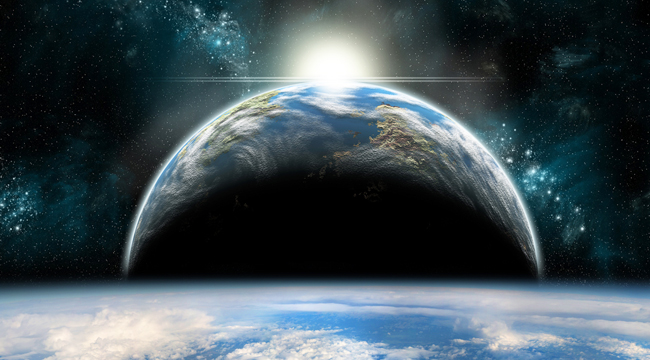
Yesterday, NASA teased a special discovery for this morning’s press conference. The tiny blurb hinted at the discovery of an Earth-like planet by way of the Kepler telescope. This news seemed like NASA was yanking the chain of space-obsessed news readers:
Exoplanets, especially small Earth-size worlds, belonged within the realm of science fiction just 21 years ago. Today, and thousands of discoveries later, astronomers are on the cusp of finding something people have dreamed about for thousands of years — another Earth.
NASA wasn’t messing around, although the true effects of this morning’s conference remain to be seen. NASA revealed Kepler’s discovery of the “bigger, older cousin to Earth”:
NASA’s Kepler mission has confirmed the first near-Earth-size planet in the “habitable zone” around a sun-like star. This discovery and the introduction of 11 other new small habitable zone candidate planets mark another milestone in the journey to finding another “Earth.” The newly discovered Kepler-452b is the smallest planet to date discovered orbiting in the habitable zone — the area around a star where liquid water could pool on the surface of an orbiting planet — of a G2-type star, like our sun.
“On the 20th anniversary year of the discovery that proved other suns host planets, the Kepler exoplanet explorer has discovered a planet and star which most closely resemble the Earth and our Sun,” said John Grunsfeld, associate administrator of NASA’s Science Mission Directorate.
NASA’s terribly excited about this discovery, but don’t pack your bags just yet. Kepler’s a bigger beast than our own Earth. This planet carries a 60 percent larger diameter, so its gravity would feel significantly greater to us puny humans. Kepler is also 1,400 light years away from us, so we have no hope of reaching it in our own lifetimes. But this awesome discovery opens the door to future planets to conquer once we destroy our own.
NASA also released an artistic rendering that compares Earth to Kepler-452b.
(via NASA.gov & Kepler Mission on Facebook)
